Reportar esta entrada
Más sobre la misma comunidad-colección
Procesión de Corpus Christi - El Paso, Texas
Anthony Joseph Schuler leads the Corpus Christi Procession in El ...
Holy Family Church (Iglesia Familia Sagrada) - El Paso, Texas
Holy Family Church was the last built by Rev. Carlos Pinto, S.J ...
Orfanato de St. Margaret El Paso Texas - 1960
St. Margaret Orphanage - 1960 Kids in the swimming pool - St. ...
Orfanato de St. Margaret - 1960 - El Paso, Texas
St. Margaret Orphanage, El Paso, Texas - 1960 Date on the ...
Sociedad del Altar de St. Patrick's - 2017
Members of the St. Patrick's Cathedral Altar Society include ...
Escuela primaria St. Patrick's - 1958
Facing north - left to right - unknown, George Look, and Richard ...
Maestra de la Primaria St. Patrick's - 1955
SR. Jean Catherine Maggio - Sister of Loretto - teacher St. ...
Maestra de la Primaria St. Patrick's - 1955
Sister Aleda, a Sister of Loretto, taught at St. Patrick's ...
Maestra de la Primaria St. Patrick's - 1955
Sister Jean Catherine Maggio was a teacher at St. Patrick's ...
Barbara Abraham - Estudiante - Primaria St. Patrick's - 1957-1958
Barbara Abraham - St. Patrick's Elementary Student - 1957-1958
John Dunn - Estudiante - Escuela primaria St. Patrick's - 1955
John Dunn - Student -St. Patrick's Elementary School - 1955 - El ...
Thomas Monocho - Escuela primaria St. Patrick's - 1955
Thomas Monacho - St. Patrick's Elementary School El Paso Texas- ...
Cecelia Loya - Escuela primaria St. Patrick's - 1954
Cecelia Loya - St. Patrick's Elementary School El Paso Texas- ...
Cecelia Loya - Escuela primaria St. Patrick's - 1954
Cecelia Loya - St. Patrick's Elementary School - 1954
Elvia Rubalcava - Estudiante - Primaria St. Patrick's - 1955
St. Patrick's Elementary School - 1954-1955 - El Paso, Texas. ...
Remy Martinez - Escuela primaria St. Patrick's - 1956
Remy Martinez - St. Patrick's Elementary School - 1956 - El ...
Remy Martinez - Escuela primaria St. Patrick's - 1956
Remy Martinez - St. Patrick's Elementary School El Paso Texas - ...

















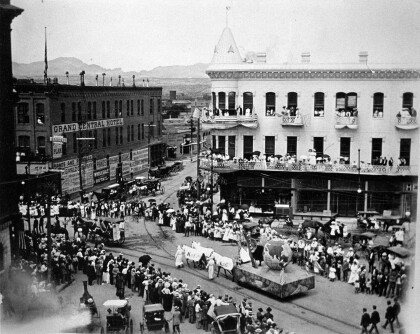
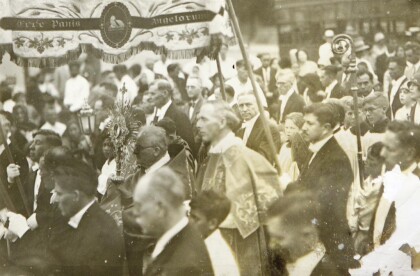
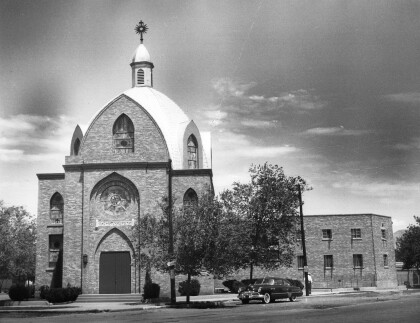
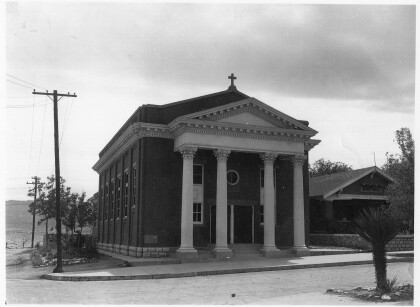
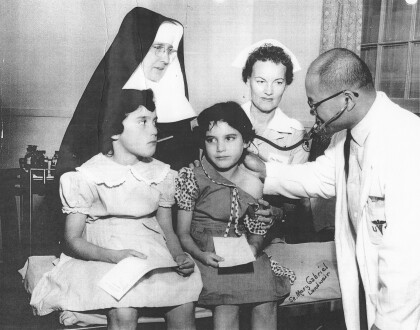
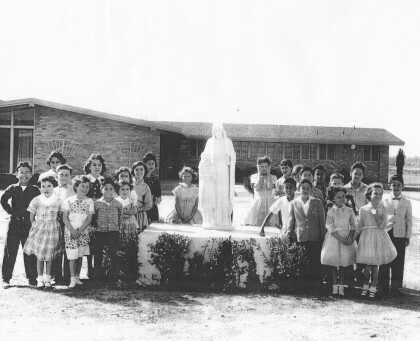
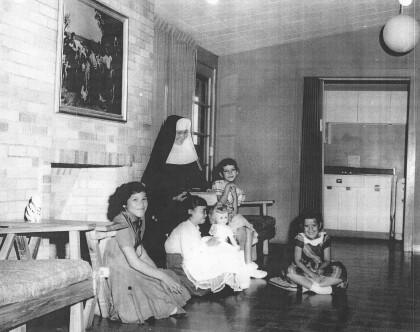
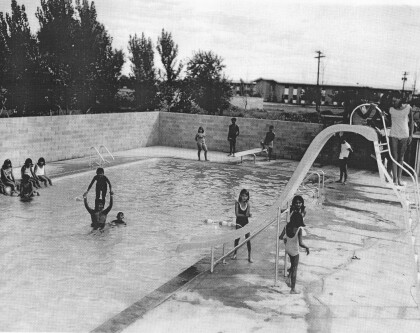
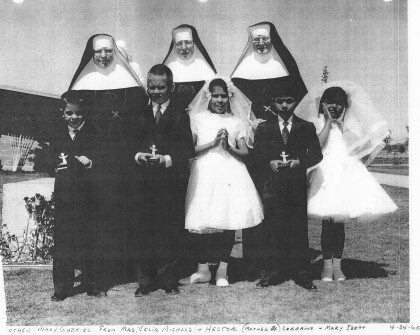
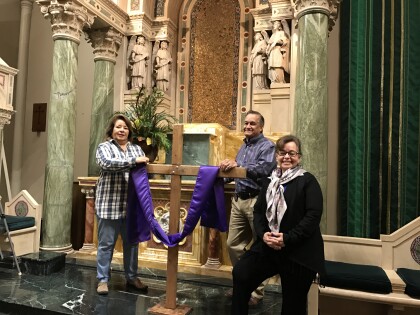
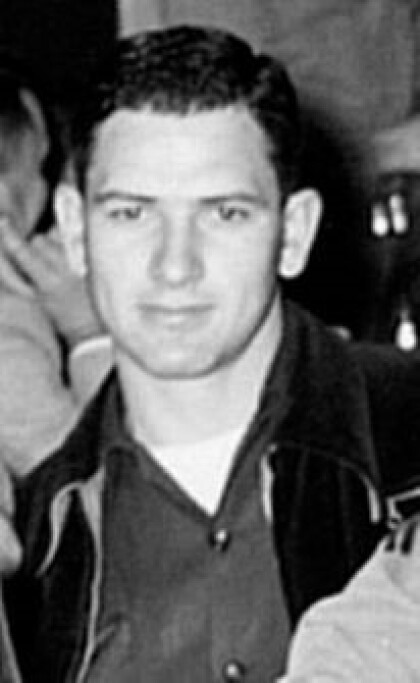
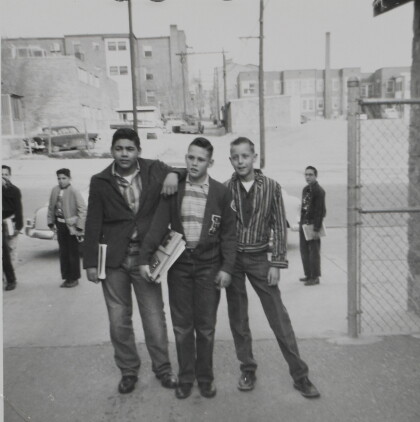
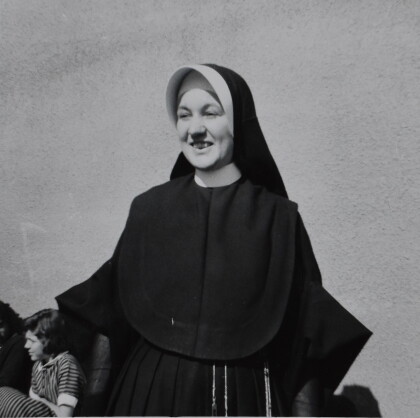

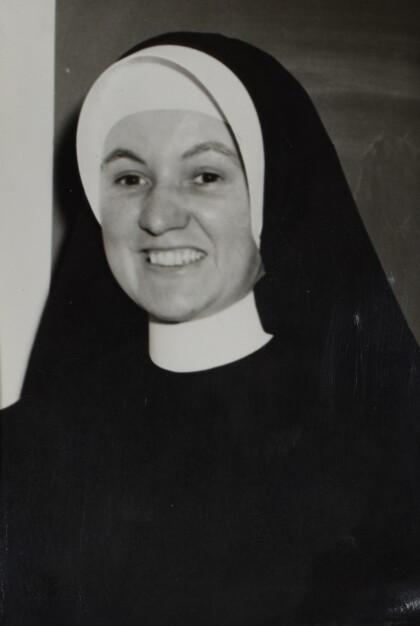

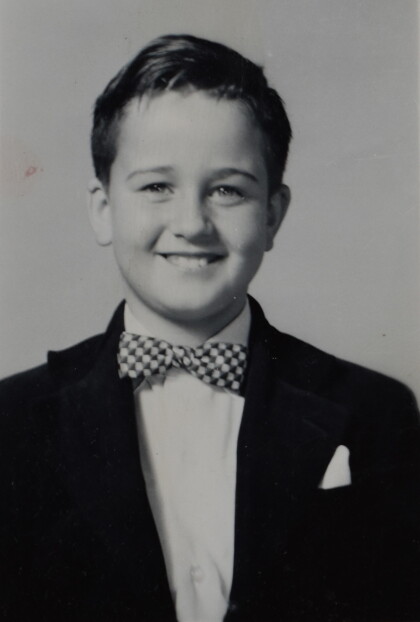




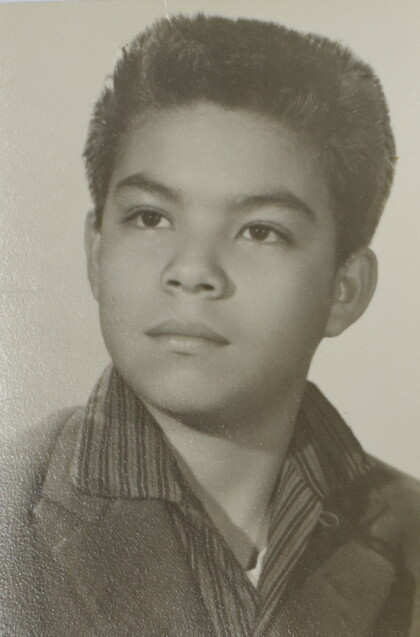
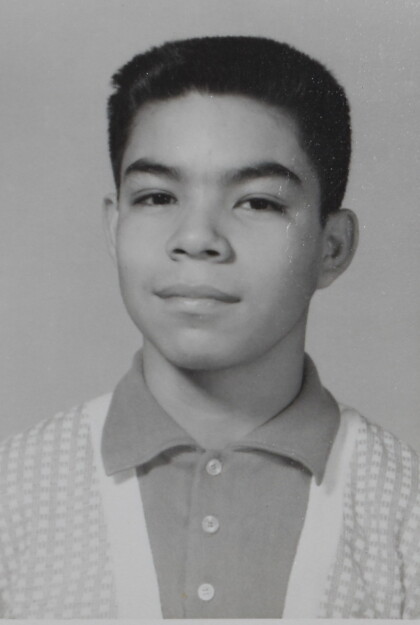
Comentarios
Hacer un comentario